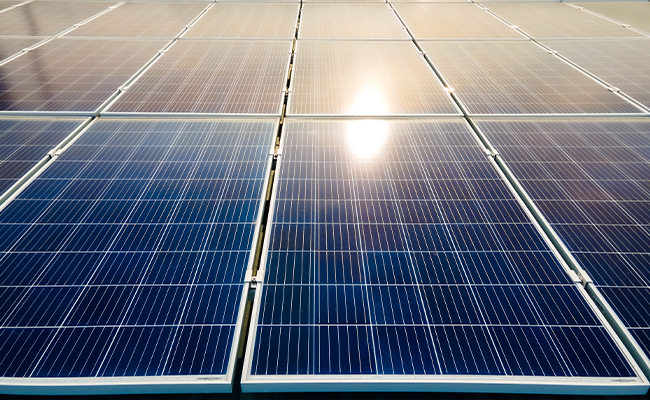The utility infrastructure in the US is undergoing massive change. In federal, state, and municipal governments as well as privately owned utilities, leaders are pushing toward more reliable energy storage and transmission. They are also decarbonizing their energy systems to meet climate change directives and stabilize supply during peak usage.
In 2019, New York State passed the Climate Act that outlines aggressive energy goals like:
- 70% renewable energy by 2030
- 3,000 MW of energy storage by 2030
- 100% carbon-free electricity by 2040
As goals like these turn into action, utility companies look for ways to upgrade, replace, and repair their transmission towers, poles, and substation structures as efficiently as possible. Grid hardening projects are well underway, especially in areas with older infrastructures subject to extreme weather. Updating energy grids improves the reliability of service and paves the way for new technologies.
Saving time and costs is more important than ever. So, how do you expedite your project without sacrificing logistics and value?
4 Time and Budget Savers in Energy Grid Projects
1. Choose a Centrally Located Supplier
Depending on location of your project and your supplier, freight costs can eat up 10% of your budget, and that’s nothing to sneeze at. Location goes a long way in saving on your total cost of the project.
Example: For a project based in Albany, NY, shipping from DIS-TRAN Steel’s newly opened Ohio plant cuts freight costs in HALF when compared to shipping from our Louisiana facility.
But finding just any local supplier isn’t always the answer. Project delays or quality issues can eat away any potential cost savings. You need a trusted partner in your supply chain to realize the full savings benefits.
2. Warehouse Your Steel Utility Poles
Warehouse your goods closer to your customers— use the layout yard at DIS-TRAN to hold goods, especially when you need to make a schedule change. Advance bulk orders can also drive down both costs and lead time.

3. Optimize the Project’s Schedule and Deliveries
Time is money as the saying goes, and that rings true when it comes to capacity. If you’re looking for real cost savings, look for suppliers who can turn your order around quickly. You’ll want to partner with a company who can respond quickly to changes in specs, quantity, and delivery schedules. Consider both lead time and predictability—the cost savings of having your installation break ground as planned.
4. Know Your Project Status
Transparency of project details is something your supplier should be offering up front. The more you know about the status of your project, the better you can stay on top of the schedule. Real-time dashboards give you visibility into the capacity of your supplier’s plant so you can best forecast any issues and communicate those issues across the supply chain. Trust goes hand in hand with transparency.
DIS-TRAN Steel’s Ohio facility is centrally located and has capacity to serve customers in the Northeast and the Midwest, while our Pineville, Louisiana location serves the south and west. Contact our team today.

